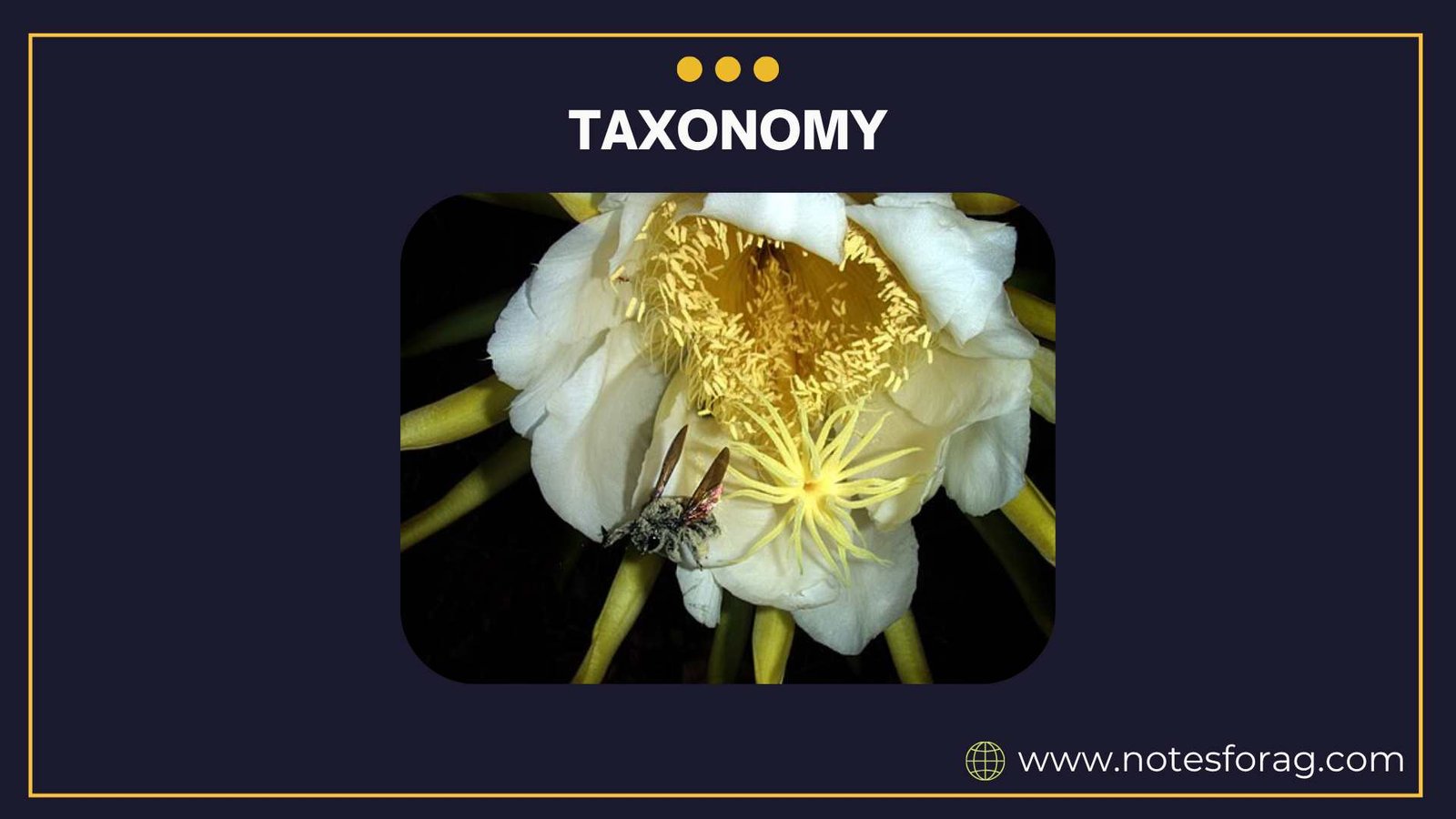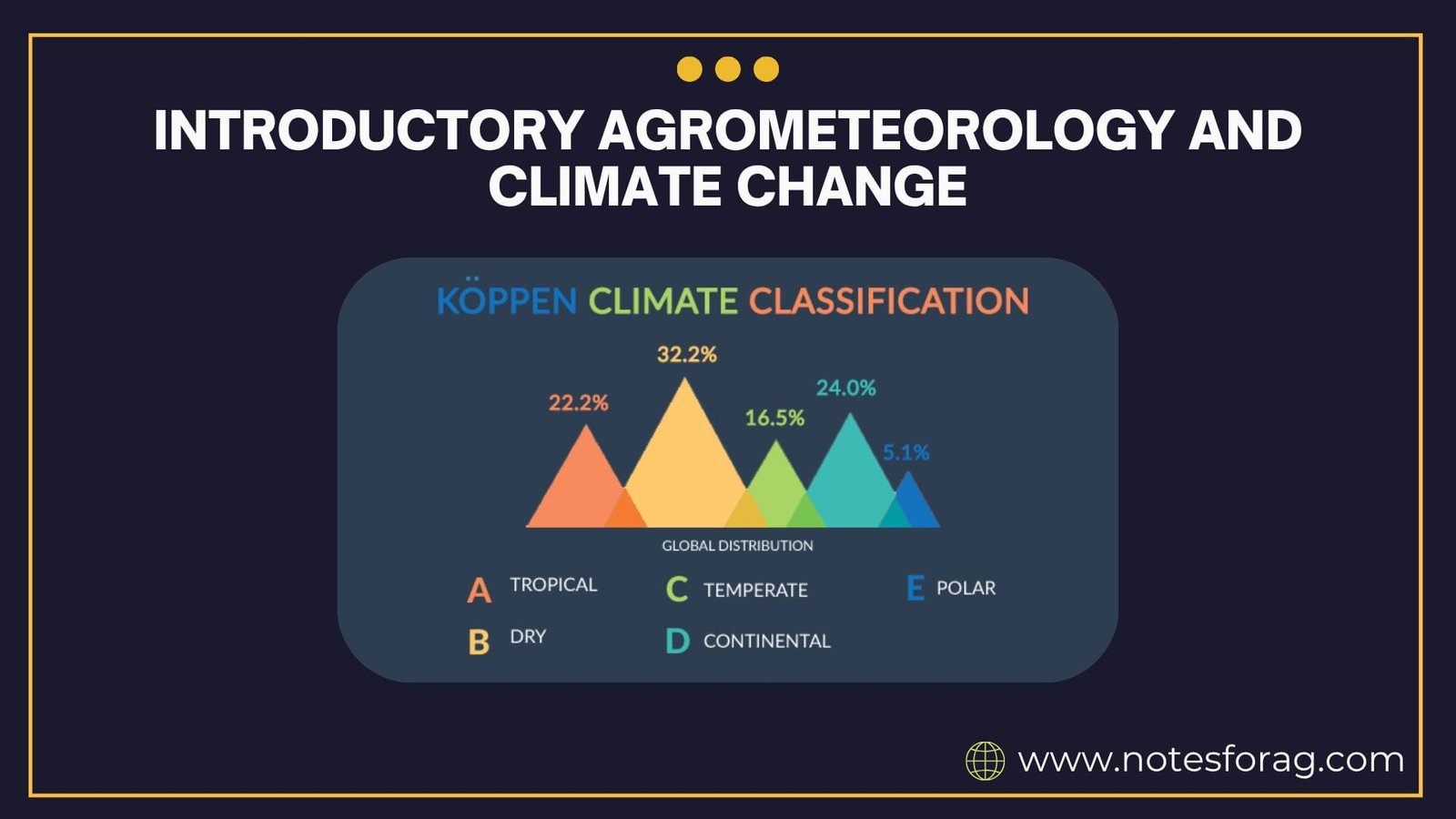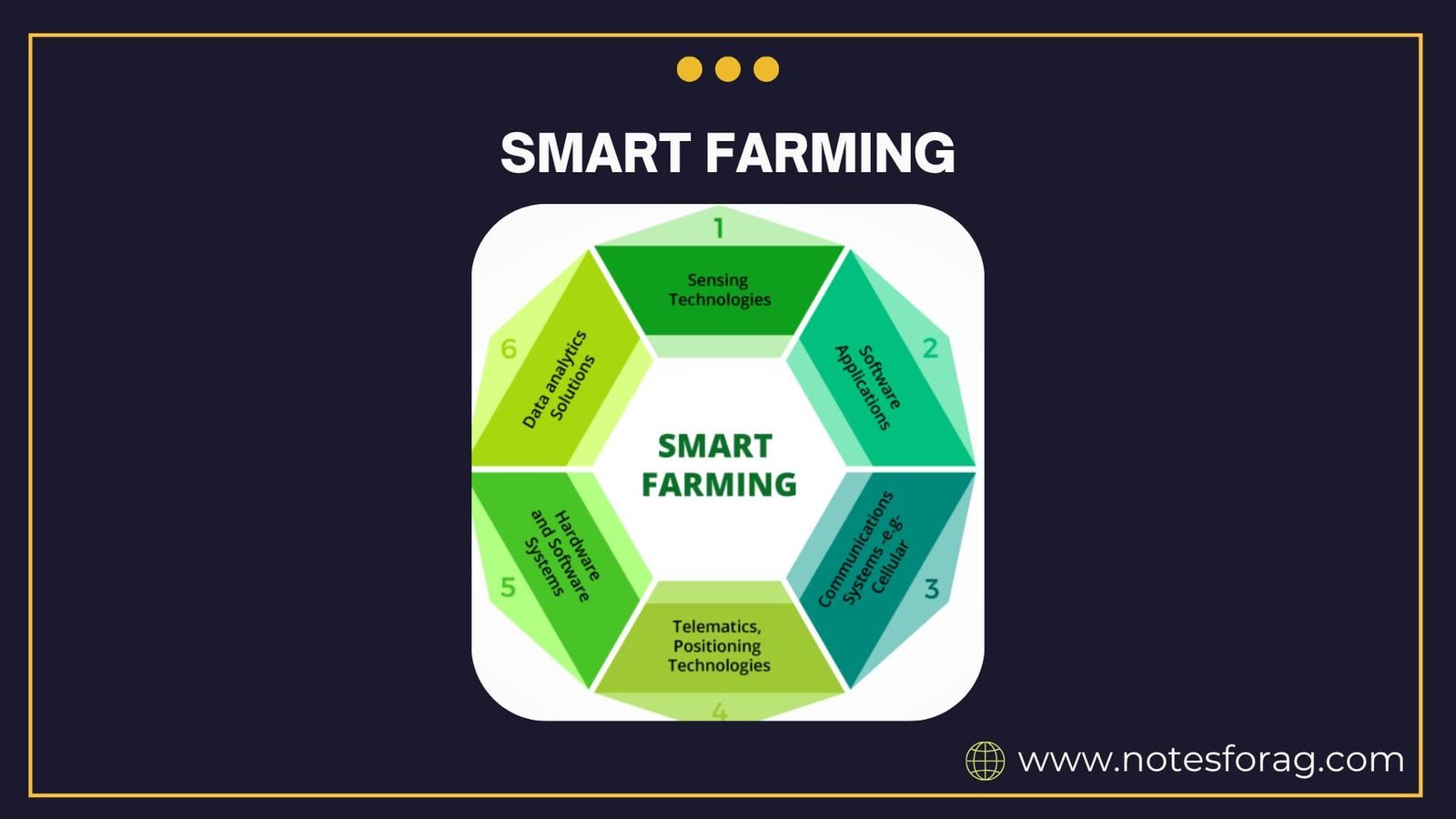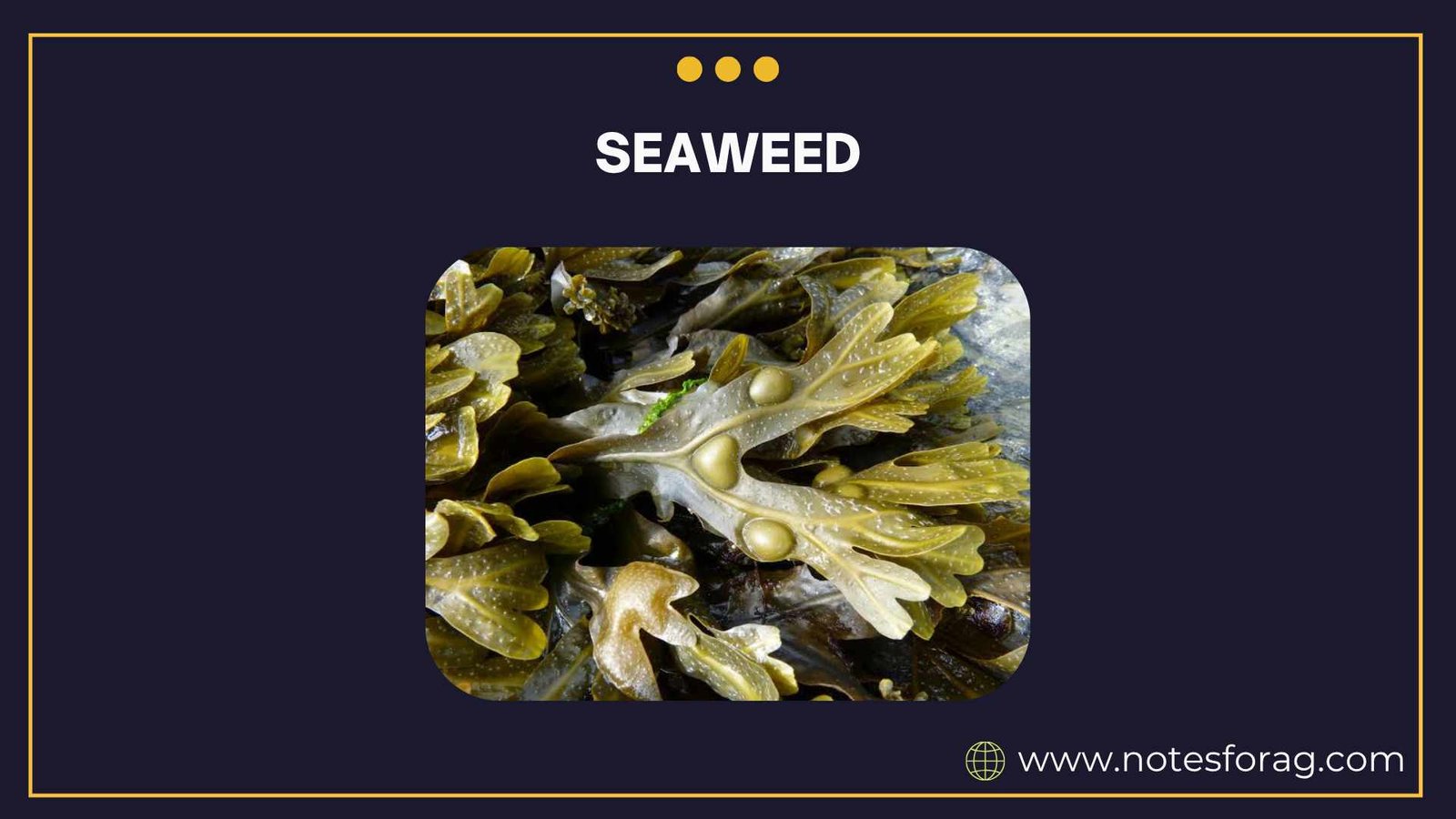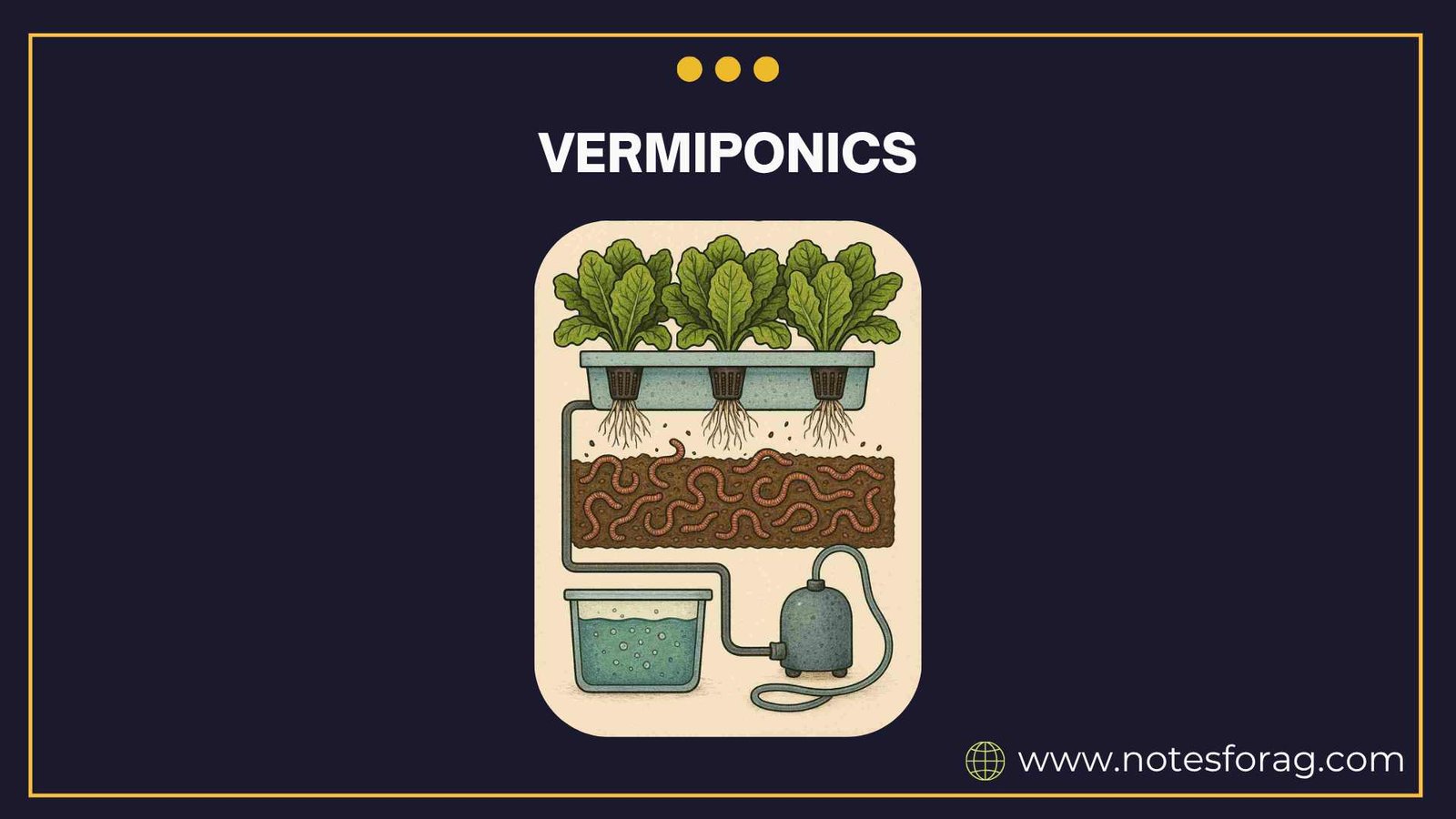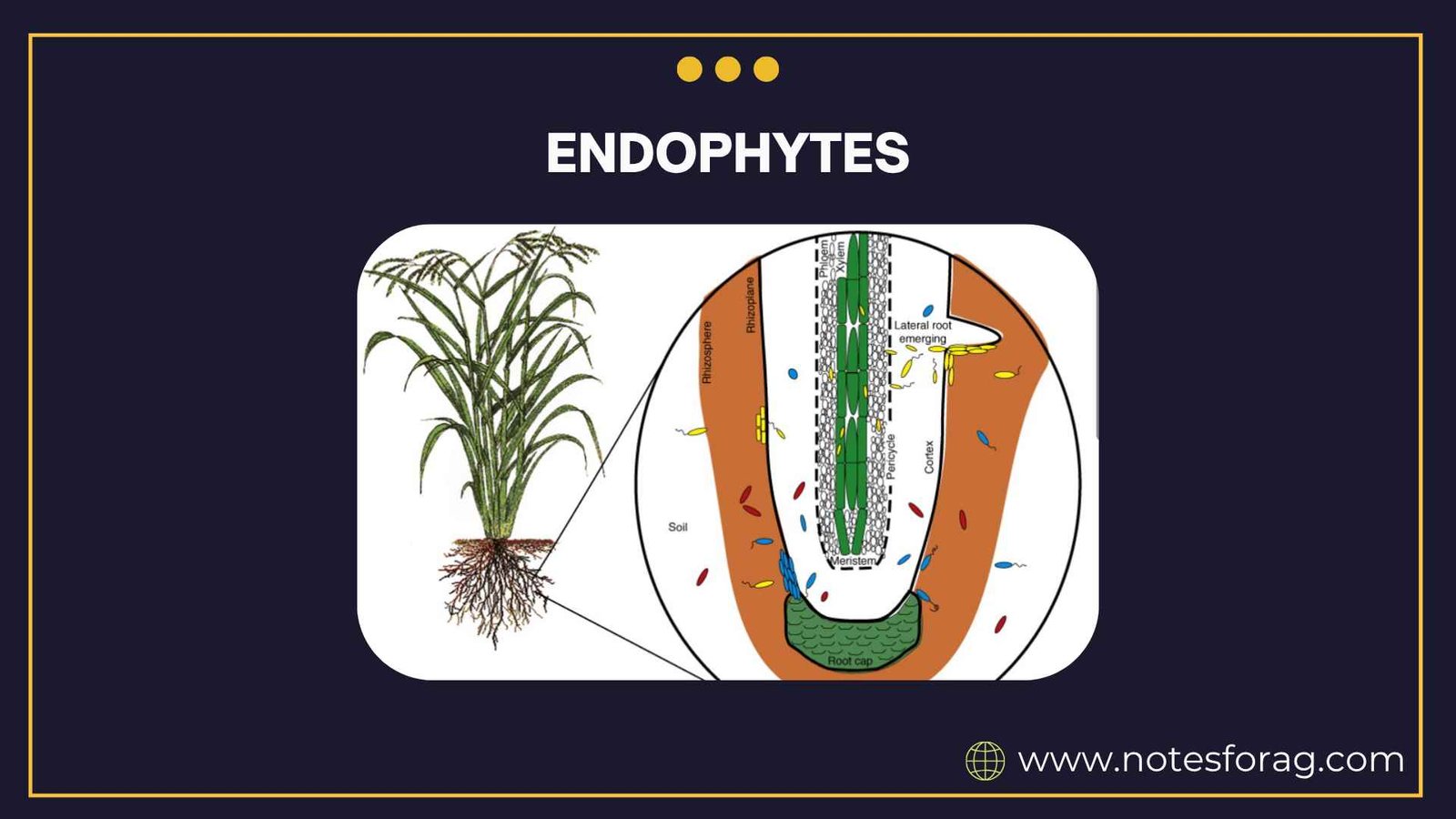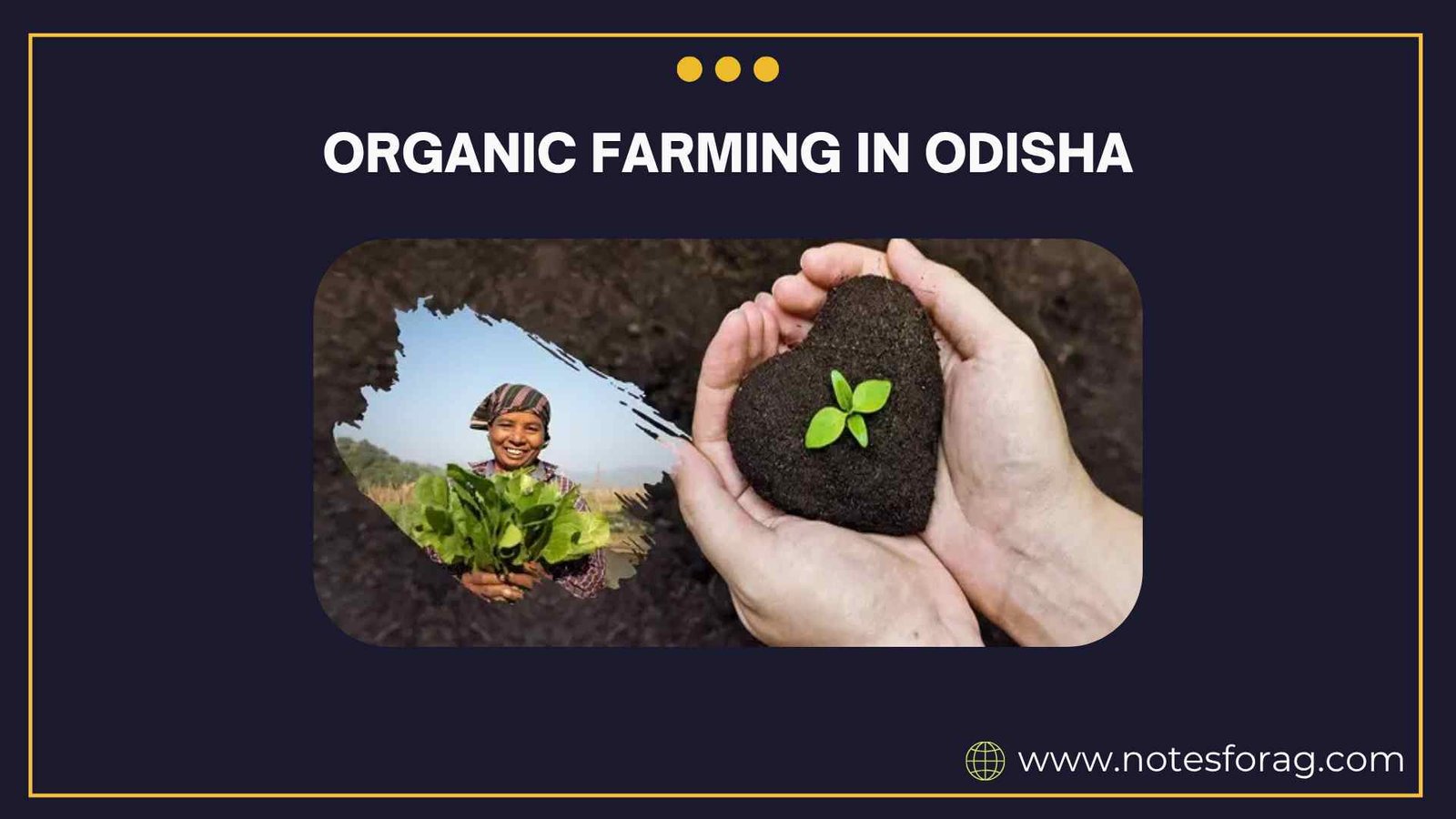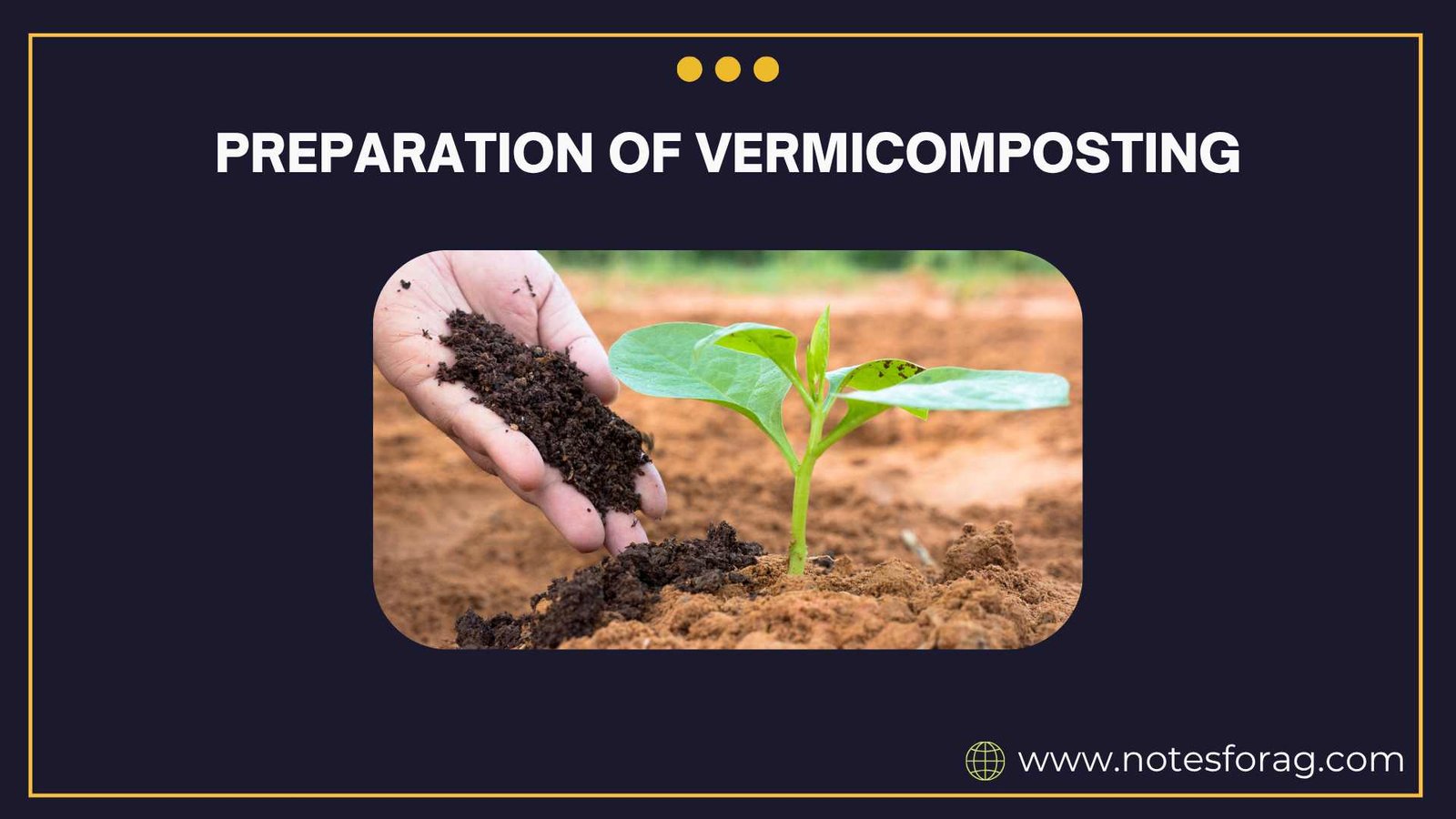Taxonomy: Leguminosae or Fabaceae Family
Introduction The Leguminosae or Fabaceae family, commonly referred to as the legume, pea, or bean family, is one of the largest families of flowering plants. This family includes economically and ecologically important species found throughout the world. The unique ability of these plants to fix atmospheric nitrogen makes them especially important in sustainable agriculture. They … Read more

